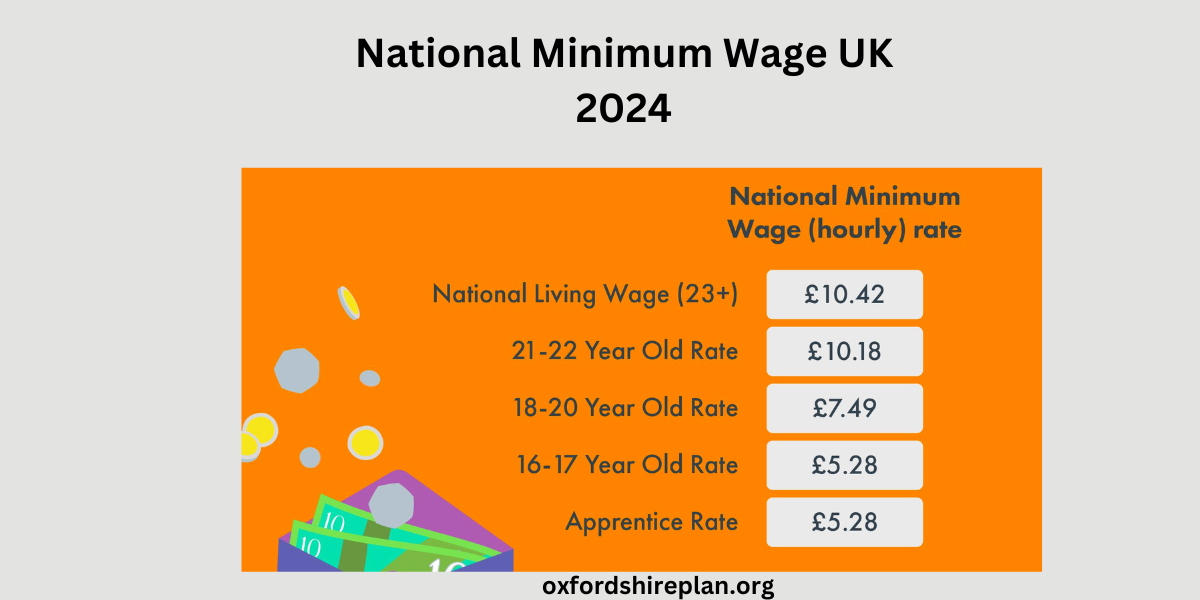Putting your money into the stock market is a key method to grow your savings and prepare for future plans like retirement. It might seem overwhelming to decide on the best way to invest your funds. However, it does not have to be complicated; there are many simple methods available for beginners to start investing.
Contents
Investing money is personal
Each person’s financial condition is different. The ideal investment approach varies based on your own likes and financial status.
Consider this five-step method to assist you in determining how to invest your funds at this moment:
How to invest money
Give your money a goal
Understanding how to invest begins with setting your investment targets, figuring out when you plan to reach them, and how much risk you are willing to take for each.
Long-term objectives: These are your plans that are more than five years in the future. Retirement is a typical one, but there might be others too. Maybe you are saving for a house’s initial payment or your child’s college fees?
Or perhaps you are dreaming of buying a holiday home or celebrating a special anniversary with a trip in a decade? For these, you might want to look at our suggestions for long-term investments.
Short-term objectives: These are what you are hoping to achieve in less than five years. It could be a vacation planned for next summer, a home you wish to purchase the following year, a fund for unexpected expenses, or savings for festive celebrations.
Also, it is best not to invest the money you have set aside for these short-term plans. If you will need this money in less than five years, our short-term investment guide could be useful.
This article mainly discusses how to save for long-term objectives and also gives tips on how to invest when you do not have a specific aim. Just increasing your wealth is a good enough reason to invest.
Decide how much help you want
Once you are clear about your investment goals, you can start looking into the details of investing, like choosing the right type of account, finding the best place to set it up, and selecting the right investment options. If you are not keen on managing your investments on your own, that is perfectly fine.
A lot of people prefer to have professionals handle their investments. In the past, this was often expensive, but now, with the rise of automated investment services known as robo-advisors, it is become quite affordable.
Robo-advisors are digital platforms that use sophisticated algorithms to create and look after your investment portfolio. They offer a range of services, including automatic adjustments to your investments, strategies to minimize taxes, and the option to get help from real people whenever you need it.
If you are interested in managing your investments by yourself, keep reading. We will guide you through the necessary steps.
Pick an investment account
To purchase most types of investments, like stocks and bonds, you will need a special kind of account called an investment account. There are various bank accounts for different needs such as checking, savings, and others — and similarly, there are several types of investment accounts.
Some investment accounts give you tax benefits if you are saving for something specific, like retirement. However, remember, if you take out your money too soon or for reasons that the account’s rules do not approve of, you might have to pay taxes or penalties.
There are also general investment accounts for other savings goals, like buying a vacation home, a boat, or saving for a holiday. Below are some common investment accounts:
For retirement savings:
- 401(k): You may already be contributing to a 401(k) through your job, where a part of your salary is saved into this account. Some employers will add a bit extra to match what you save, up to a certain amount. If your employer does this, it is wise to save at least enough to get this match before you save elsewhere.
- Traditional or Roth IRA: Whether you are already saving in a 401(k) or you do not have one, you can start an individual retirement account (IRA). With a traditional IRA, you can reduce your taxes now based on what you save, but you will pay taxes later when you take the money out during retirement. A Roth IRA works the opposite way: you save money that’s already been taxed, so you do not get a tax break now, but you will not have to pay taxes on the money when you retire.
If you are investing for another goal:
Taxable account: Also known as brokerage or non-retirement accounts, these are versatile investment accounts with no specific goal. They differ from retirement accounts because they do not limit how much you can put in, and you can withdraw your money whenever you want. These accounts are not tax-deductible, but they are useful if you have already filled up your retirement accounts and still want to save more.
Custodial account: Known as UGMAs and UTMAs, these brokerage accounts are designed to help pass wealth down to the next generation. They let an adult, like a parent or guardian, save and invest money for a child until they are an adult.
There is also a special kind of custodial account called an ABLE account (or 529A) for individuals with disabilities, which allows tax-free saving without affecting eligibility for public benefits.
College savings accounts: These accounts are similar to retirement accounts because they offer tax benefits for saving for education. The two main types are the 529 account and the Coverdell education savings account, both of which are popular for college savings.
Open your account
Once you have decided on the type of account you are interested in, the next step is to pick a company to open that account with. You have two main choices:
Online brokers: These platforms let you take charge of your account and make your own investment decisions, like buying and selling stocks, bonds, and other types of investments. If you like having a variety of options and want to actively manage your investments, an online broker might be right for you. They will show you how to set up a brokerage account.
Robo-advisors: These are automated investment services provided by portfolio management companies. They use computer programs to manage your investments based on how much risk you are willing to take and what you want to achieve. For this service, you will pay a yearly fee, usually between 0.25% and 0.50%.
Robo-advisors typically invest in a mix of funds, so they might not be the best fit if you want to invest in specific stocks or bonds. However, they are a great option if you would rather not manage your investments yourself.
If you are new to investing, there is no need to worry. Many times, you can start an account without any money at all. (Check out our recommendations for the best brokers for beginners.) Remember, you only start investing when you put money into the account and buy investments.
For the best outcome, you should do this on a regular basis. You can arrange for money to be moved automatically from your bank account to your investment account, or even straight from your paycheck if your job allows it.
Choose investments that match your tolerance for risk
Deciding where to put your money when investing is about matching your goals and how much risk you are okay with to potentially earn more. Here are some usual options:
Stocks: Buying stocks means getting small parts of a company that you think will grow in value.
Bonds: With bonds, you lend money to a company or the government for them to use on projects or to pay off other debts. Bonds usually pay you interest regularly and give back the main amount of money on a planned date.
Mutual funds: Putting your money into mutual funds, index funds, or ETFs lets you own a mix of many stocks, bonds, or other investments all at once. Mutual funds gather money from many investors to buy a variety of investments that meet the fund’s goal. Some funds have a manager making the investment choices, while others follow a set list of investments, like the S&P 500 index fund, which includes about 500 big companies in the U.S.
Real estate: Investing in real estate adds variety to your investments beyond just stocks and bonds. It’s not just about buying property or renting it out, you can also invest in real estate through REITs, which work like mutual funds for property, or online platforms that bring together money from many investors for real estate projects.
Some Questions
Why should you invest?
Investing helps your money grow over time, keeping up with price increases due to inflation and potentially earning more through compound interest.
How much should you save vs. invest?
It is recommended to save about 20% of your income to build an emergency fund that covers 3-6 months of expenses. Invest any extra money that you do not need for near-term expenses.
Read More
- Salad Money Loans Review
- Abound Loans Review
- MoonPay Review: Know All About It
- Mettle Bank Business Account Review
- What Do the National Insurance Changes Mean?
- Bitcoin ETF Futures
- What is an annual percentage rate (APR)?

I am a dedicated lifestyle and fashion enthusiast, always looking for the latest trends and timeless styles. With a flair for creativity and a passion for self-expression, I provide fresh insights and tips on elevating everyday living and personal style.
















